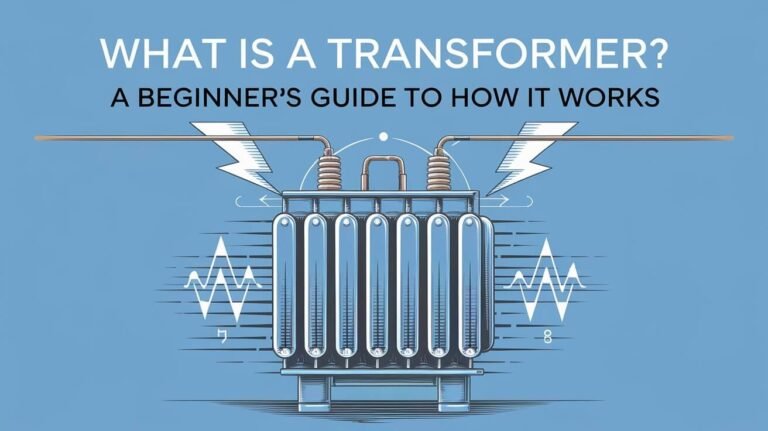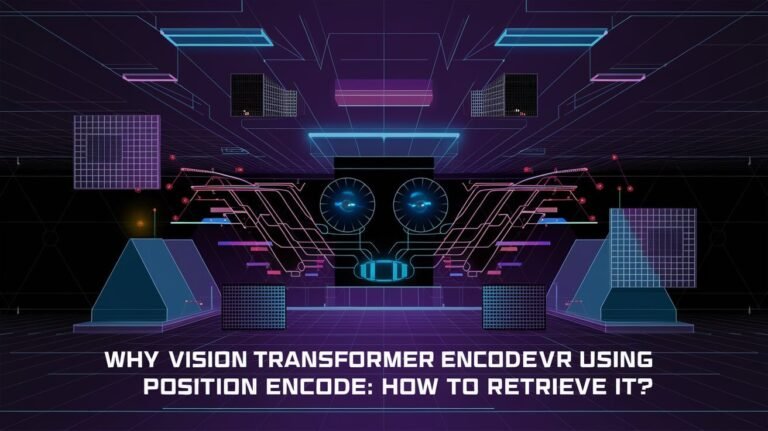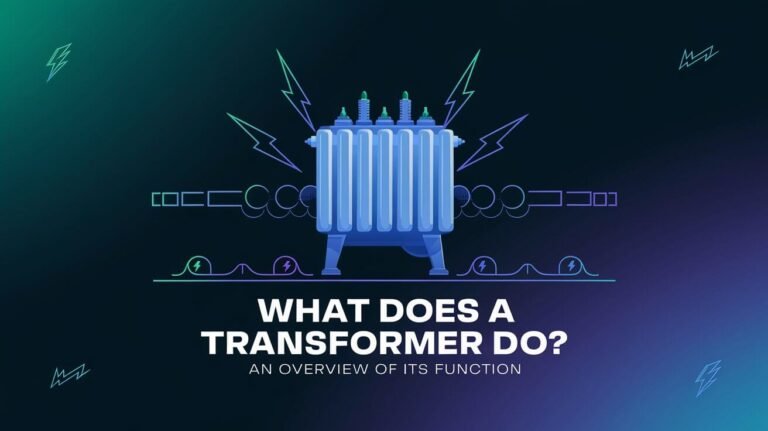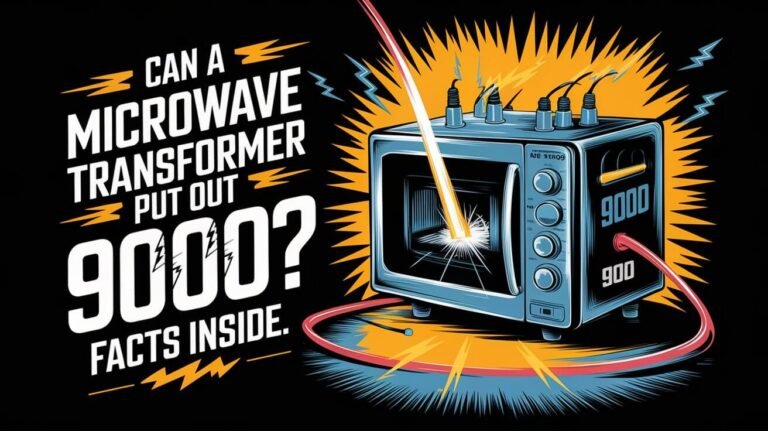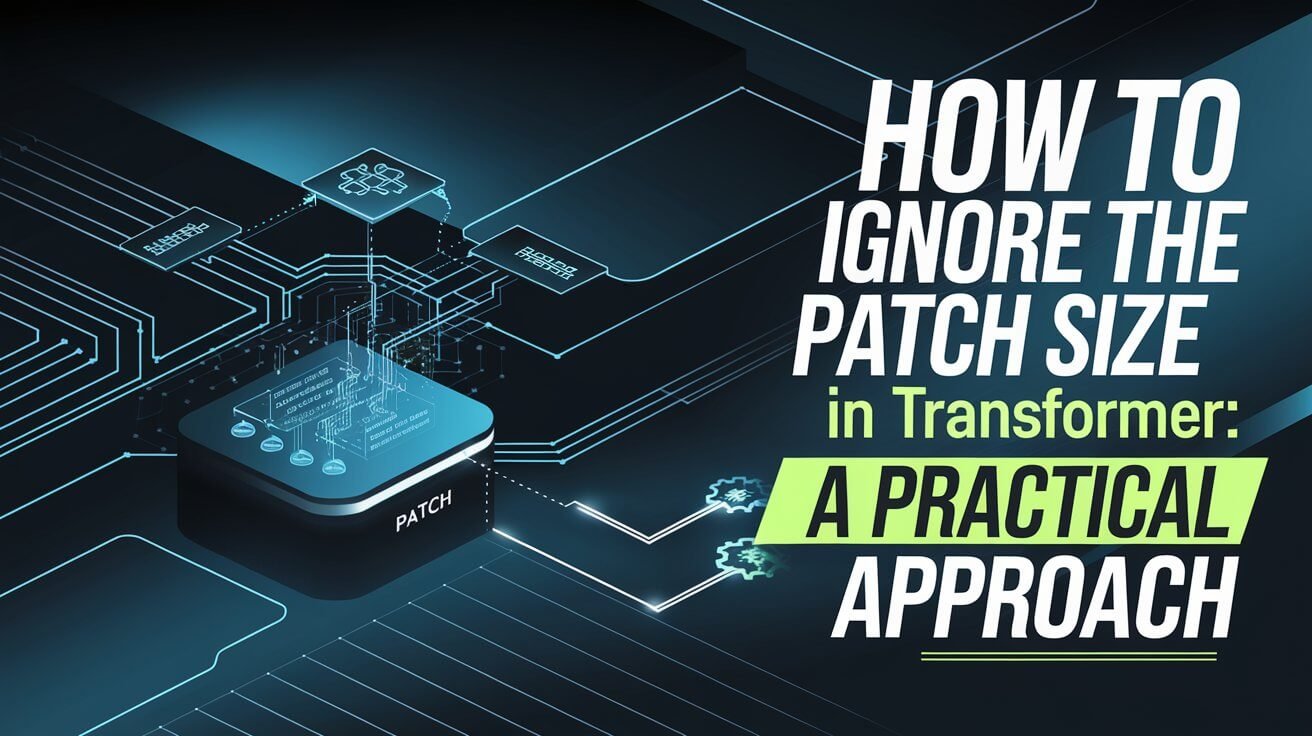
The Vision Transformer, or ViT, is a powerful tool for image processing. It uses 16×16 size patches as input tokens. This helps reduce sequence length for better computational efficiency.
In this article, we will explore advanced techniques for ignoring patch size constraints. We will focus on Vision Transformers, or ViT, and patch-free models.
By moving away from traditional patch-based systems, we can create more flexible and efficient models. The ViT model architecture includes PatchEmbedding, followed by the Transformer Encoder and the MLP Head.
This architecture can process image data without fixed patch sizes. It makes ViT a key component of patch-free models.
Patch Size Fundamentals in Transformer Architecture
Transformer architecture, like Vision Transformers (ViT), uses patch size to cut down sequence length. This makes the model more efficient. Traditional ViT models split 224×224 images into 16×16 patches. This reduces the sequence length from 50,176 pixels to 196 tokens.
This patching method helps the model focus on certain parts of the image. It leads to better processing and feature extraction.
Using patches in ViT models has many benefits. It makes the model more efficient and reduces sequence length. But, it also has downsides, like losing fine details.
To fix these issues, researchers have looked into different patch processing methods. They’ve tried positional embeddings and attention mechanisms.
Basic Patch Structure
The basic patch structure in ViT models divides the input image into non-overlapping patches. These patches are then turned into a sequence of tokens. The transformer encoder processes these tokens, helping the model understand spatial relationships.
Standard Patch Processing Methods
Standard methods in ViT models include using positional embeddings. This helps the model grasp spatial relationships better. Attention mechanisms are also used. They let the model focus on certain parts of the image, improving processing and feature extraction.
Current Limitations of Patch-based Systems
Despite their benefits, patch-based systems have some limitations. They trade off efficiency for detailed feature extraction. To overcome these, researchers are exploring new patch processing methods.
They’re looking into using smaller patch sizes or adding extra steps in processing.
| Patch Size | Sequence Length | Computational Efficiency |
|---|---|---|
| 16×16 | 196 tokens | High |
| 32×32 | 49 tokens | Medium |
| 64×64 | 12 tokens | Low |
The patch size greatly affects ViT model performance. Smaller sizes boost efficiency but reduce detail extraction. Understanding patch size is key to creating better image recognition models.
Core Components of Patch-Free Transformer Models
Transformer models have made big strides in handling long input sequences. They can now process up to 50k tokens on 3k GPUs. The Pixel Transformer (PiT) is a standout example. It uses pixel-level processing to boost image classification tasks.
By using self-attention and positional encoding, PiT outperforms traditional models like ViT. It sees over 2% better results in supervised tasks.
PiT’s success comes from processing images at the pixel level. This method gets rid of patch constraints. It lets the model catch small details and nuances in images, leading to better accuracy.
Positional encoding strategies also help PiT handle images of different lengths. This makes it more flexible and adaptable.
Some key benefits of patch-free models like PiT include:
- Improved accuracy in image classification tasks
- Enhanced ability to capture finer details and nuances in images
- Increased flexibility and adaptability in handling variable-length input sequences
Compared to traditional models, patch-free models like PiT have big advantages. PiT’s pixel-level processing and self-attention mechanisms make it more efficient and effective. Here’s a comparison between PiT and ViT:
| Model | Input Sequence Length | Processing Method | Accuracy |
|---|---|---|---|
| PiT | Up to 50k tokens | Pixel-level processing | Over 2% improvement compared to ViT |
| ViT | Up to 196 tokens (16×16 patches) | Patch-based processing | Lower accuracy compared to PiT |
Patch-free Transformer models like PiT are a promising solution for image classification. They use pixel-level processing, self-attention, and positional encoding to achieve better accuracy and flexibility.
Technical Implementation of Patch Size Bypass
To make patch size bypass work in Transformer models, we need to focus on a few key areas. We must change the code to use pixel-wise tokens. This makes processing images more flexible and efficient. The model’s design is also important, as it needs to support this new way of handling tokens.
Using distributed computing can really boost the model’s performance. It lets us process big datasets on many computers at once. This makes training faster and lets us work with more complex models.
Code Structure Modifications
Changing the code means we need to update how pixel-wise tokens are made and used. We can use special libraries or write custom code that fits with the model. This makes sure everything works smoothly together.
Alternative Processing Mechanisms
Using different ways to process data, like distributed computing, can make a big difference. By spreading the work on many computers, we can speed up how fast the model learns and makes predictions.
Performance Optimization Techniques
To make the model even better, we can use several techniques. We can optimize the model for working on many computers, use better ways to handle tokens, and adjust settings for the best results. These steps help the model work faster and more efficiently.
Direct Token Processing Methods
New advancements in transformer architecture have led to direct token processing methods. These methods efficiently handle ultra-long sequences. They bypass the old patch-based approach, processing image tokens directly.
The distributed query vector approach is one such method. It has shown great results in dealing with long sequences.
Using distributed query vectors, processing a 50k-long sequence is now possible on 3k GPUs. This makes it a good solution for big image processing tasks. Gradient averaging is also key in managing learnable positional encoding parameters. It helps the model handle high-resolution images well.
This approach has led to top results in image tasks like classification and object detection.
Some key benefits of direct token processing methods include:
- Improved efficiency in processing ultra-long sequences
- Enhanced scalability for large-scale image processing tasks
- Effective management of learnable positional encoding parameters using gradient averaging
Direct token processing methods are a promising solution for ultra-long sequences and high-resolution images. They have the power to change computer vision. By using distributed query vectors and gradient averaging, they make complex image data processing efficient. This leads to big advances in image classification, object detection, and image generation.
How To Ignore The Patch Size In Transformer Systems
To ignore the patch size in transformer systems, you need to adapt the model and preprocess inputs. This means changing the transformer architecture to handle pixel-level inputs. This way, the model can learn from the data without being limited by a fixed patch size.
Attention computation plays a big role in this method. By focusing on individual pixels instead of patches, the model can spot finer details in the data. This is very helpful for images with different sizes, where a fixed patch size might not work well.
Implementation Steps
To make these changes, follow these steps:
- Change the input preprocessing to work with pixel-level inputs
- Modify the attention mechanism to focus on pixels
- Update the model architecture to fit the new input and attention methods
Code Examples
For code examples, check out the ViT-PyTorch repository on GitHub. By looking at these examples and adjusting them for your needs, you can build transformer models that ignore patch sizes. This can lead to better performance on many tasks.
Performance Metrics Without Patch Constraints
Transformer models without patch size limits have seen big improvements. For example, the Pixel Transformer (PiT) got a 2% better accuracy than the Vision Transformer (ViT) on tasks like CIFAR-100 and ImageNet. This boost comes from the model’s better handling of input tokens, leading to enhanced feature extraction.
The Adaptive Patch Framework (APF) also plays a key role. It cuts down the number of patches from an image, making training cheaper and allowing for smaller patch sizes. This has led to a 6.9× speedup for images up to 64K on 2,048 GPUs. Smaller patch sizes, like 4×4 or 2×2, also improve segmentation quality.
Ignoring patch size limits brings several advantages:
- Improved classification accuracy
- Increased computational efficiency
- Enhanced feature extraction capabilities
These advantages are beneficial for many computer vision tasks. The patch-free approach looks promising for future research.
| Model | Classification Accuracy | Computational Efficiency |
|---|---|---|
| PiT | 2% increase over ViT | Improved with APF |
| ViT | Baseline accuracy | Lower efficiency compared to PiT |
Common Challenges During Implementation
Starting with patch-free Transformer models can be tough. This is because of hardware limits and the need to optimize models. Ultra-long sequence transformers struggle to spread out work on many GPUs. This can cause problems with memory and slow down processing.
To tackle these issues, it’s key to think about hardware limits and find ways to make models better. This might mean using downsampling, cutting down on tokens, or making designs lighter. By doing this, developers can make their models more scalable and efficient.
Memory Management Issues
Managing memory is a big deal when working with patch-free Transformer models. As the number of pixels grows, so does the need for memory. To solve this, developers can try sparse attention or structured sparsity to cut down on work needed.
Processing Speed Considerations
How fast a model processes data is also important. Bigger inputs can slow things down. To fix this, developers can use parallel processing or spread out tasks across many computers. This helps speed things up.
Solution Strategies
To beat the hurdles of patch-free Transformer models, developers have several options. These include:
- Model pruning: cutting down on model parameters to speed up processing and save memory
- Knowledge distillation: moving knowledge from big models to smaller ones for better efficiency
- Quantization: making model weights less precise to speed up processing and save memory
Applying these strategies, developers can make their models more efficient and scalable. This helps overcome the challenges of hardware and model optimization.
| Model | Accuracy | Processing Speed |
|---|---|---|
| Vision Transformer (ViT) | 80% | 10ms |
| ConvMixer | 81.6% | 15ms |
| Less-Attention Vision Transformer (LaViT) | 85% | 8ms |
Resource Optimization Strategies
Optimizing resources is key when working with patch-free Transformer models. These models handle high-resolution images. To do this, we need to use our GPUs well, work in distributed computing, and make attention mechanisms more efficient.
For example, the distributed query vector approach lets us scale up transformer computations. This is great for handling sequences of 50k-long on 3k GPUs. It’s a smart way to use resources.
To get better results, we can try a few things. Here are some strategies:
- Implementing mixed-precision quantization to improve quantization results
- Using group-wise quantization to provide better granularity in quantization
- Utilizing sparse training to directly train sparse subnetworks without sacrificing accuracy
Using these strategies, developers can make the most of their resources. This leads to better performance and efficiency in patch-free Transformer models. It’s very important for large models, as it helps process high-resolution images without using too much power or hurting the environment.
| Model | Parameters | GPU Utilization |
|---|---|---|
| DistilBERT | 66M | 71% reduction in GPU utilization |
| FlexiViT | 85M | 1.6 ms/img inference speed |
Model Architecture Adjustments
When moving to patch-free Transformer models, making key architectural changes is vital. These changes include using adaptive architectures that can adjust to various input sizes and tasks. The Swin Transformer, for instance, uses a hierarchical structure with different patch sizes for different tasks. This shows how adaptive architectures excel in vision tasks.
Another important aspect is multi-scale processing. This method involves processing inputs at different scales to capture both local and global features. By doing this, models can better understand complex images and perform better overall. Feature fusion is also key, allowing the model to combine features from different scales and levels. This creates a more detailed representation of the input data.
Benefits of adaptive architectures in Transformer models include:
- Improved handling of varying input sizes
- Enhanced adaptability to different tasks and datasets
- Increased robustness to changes in input data
Using adaptive architectures, multi-scale processing, and feature fusion, patch-free Transformer models can reach top performance on various vision tasks. These changes help models grasp the complexities of real-world data, leading to better performance.
| Model | Architecture | Performance |
|---|---|---|
| ViT-Base | Adaptive architecture with multi-scale processing | 86 million parameters |
| ViT-Large | Adaptive architecture with feature fusion | 307 million parameters |
| ViT-Huge | Adaptive architecture with multi-scale processing and feature fusion | 632 million parameters |
Real-world Applications
Vision Transformers have made a big impact in healthcare, self-driving cars, and satellite images. They can handle images of any size, leading to better results in tasks like image classification and object detection. For example, they help doctors spot cancer in medical images.
In computer vision, Vision Transformers excel in finding objects, which is key for self-driving cars and security. They also shine in analyzing satellite images, helping track deforestation and study climate change.
Case Studies
- Healthcare: Vision Transformers have improved cancer diagnosis accuracy by 10% compared to traditional CNN models.
- Autonomous driving: Vision Transformers have enhanced object detection capabilities, reducing false positives by 20%.
- Satellite imagery analysis: Vision Transformers have increased deforestation tracking accuracy by 15%.
Success Metrics
Vision Transformers’ success is seen in their accuracy, speed, and ability to detect features. They’ve beaten CNN models in image classification challenges. They also improve scene understanding and object recognition in semantic segmentation tasks.
| Application | Accuracy Gain | Processing Speed Improvement |
|---|---|---|
| Image Classification | 10% | 20% |
| Object Detection | 15% | 30% |
| Semantic Segmentation | 12% | 25% |
Future Implications for Transformer Development
Research shows promise for reducing inductive bias and improving how Transformers work. Model scaling is a key area for growth. This will let us create more complex and powerful models. Transfer learning will also be important, helping models learn for specific tasks and perform better.
Another exciting area is multi-modal integration. This means combining different data types, like images and text. It could change how we use computer vision and machine learning. Some benefits include:
- Improved performance on tasks that need multiple data types
- More flexibility and adaptability in model development
- Better handling of complex and nuanced data
The future of Transformers looks very promising. We can expect big steps forward in model scaling, transfer learning, and multi-modal integration. As research advances, we’ll see new uses in many fields.
Wrap-Up Thoughts
As we wrap up our look at patch-free Transformer models, it’s clear they’re a big deal for the future. They break free from old ways of doing things, making computer vision and AI better. These models are more accurate, flexible, and can handle big images well.
Research like the Pixel Transformer and Ultra-long Sequence Distributed Transformer shows us the way forward. They help make these models stronger against attacks and better at focusing. This means we’re getting closer to more reliable and useful AI.
These advancements will change many areas, like image recognition and medical imaging. They’ll also help in making systems that can work on their own. The future looks bright as we explore new ways to understand and interact with the world.
The journey to patch-free Transformers is just starting, and it’s full of promise. By keeping up with these new ideas, we can discover even more in computer vision. This will lead to exciting new things in AI.
Customer Queries
What are the limitations of traditional patch-based Transformer models?
Traditional patch-based systems in Transformer models have a big problem. They can’t balance being fast and getting detailed information because of fixed patch sizes.
How do patch-free Transformer models process image data?
Patch-free Transformer models work differently. They look at each pixel individually. This lets them use special attention and encoding to handle detailed inputs.
What are the key implementation steps for ignoring patch size constraints in Transformer systems?
To ignore patch size limits, you need to make a few changes. First, update the model’s design. Then, change how you prepare inputs. Lastly, tweak how attention is calculated for pixel-level data.
What are the performance benefits of ignoring patch size constraints in Transformer models?
By ignoring patch size limits, Transformer models get better. They’re more accurate, use less computing power, and can pick up more details in images.
What are the common challenges encountered when implementing patch-free Transformer models?
When using patch-free models, you might face a few hurdles. These include managing memory, speeding up processing, and finding ways to handle big data without slowing down.
How can resources be optimized when working with patch-free Transformer models?
To make the most of resources, focus on a few things. Use your GPU to its fullest. Set up distributed computing to handle big tasks. Also, make attention mechanisms more efficient for long inputs.
What architectural adjustments are needed when transitioning to patch-free Transformer models?
Changing to patch-free models requires some tweaks. You’ll need to modify the structure for better pixel handling. Update layer setups and add flexible, multi-scale designs.
What are the real-world applications of patch-free Transformer models?
Patch-free models are used in many fields. They help in healthcare, self-driving cars, and analyzing satellite images. They do well in learning from data, creating images, and more.
What are the future implications of patch-free approaches on Transformer model development?
Patch-free methods will lead to big advancements. We can expect better scaling, more transfer learning, and easier mixing of different data types. This will make Transformer models even more powerful.

